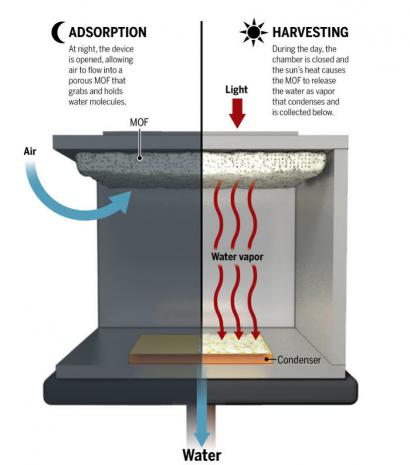
Breaking News
 The moment Israel bombs Hamas leaders as they discuss Trump's Gaza ceasefire deal in Qatar:
The moment Israel bombs Hamas leaders as they discuss Trump's Gaza ceasefire deal in Qatar:
 Bombshell new video shows US military's direct hit on glowing UFO with hellfire missile
Bombshell new video shows US military's direct hit on glowing UFO with hellfire missile
 $17 Trillion Risk Behind Property Tax Ponzi Scheme Will Create Great Depression 2.0
$17 Trillion Risk Behind Property Tax Ponzi Scheme Will Create Great Depression 2.0
 Govt Crisis Sends French Bond Yields Above Italy's For First Time In EU History
Govt Crisis Sends French Bond Yields Above Italy's For First Time In EU History
Top Tech News
 Methylene chloride (CH2Cl?) and acetone (C?H?O) create a powerful paint remover...
Methylene chloride (CH2Cl?) and acetone (C?H?O) create a powerful paint remover...
 Engineer Builds His Own X-Ray After Hospital Charges Him $69K
Engineer Builds His Own X-Ray After Hospital Charges Him $69K
 Researchers create 2D nanomaterials with up to nine metals for extreme conditions
Researchers create 2D nanomaterials with up to nine metals for extreme conditions
 The Evolution of Electric Motors: From Bulky to Lightweight, Efficient Powerhouses
The Evolution of Electric Motors: From Bulky to Lightweight, Efficient Powerhouses
 3D-Printing 'Glue Gun' Can Repair Bone Fractures During Surgery Filling-in the Gaps Around..
3D-Printing 'Glue Gun' Can Repair Bone Fractures During Surgery Filling-in the Gaps Around..
 Kevlar-like EV battery material dissolves after use to recycle itself
Kevlar-like EV battery material dissolves after use to recycle itself
 Laser connects plane and satellite in breakthrough air-to-space link
Laser connects plane and satellite in breakthrough air-to-space link
 Lucid Motors' World-Leading Electric Powertrain Breakdown with Emad Dlala and Eric Bach
Lucid Motors' World-Leading Electric Powertrain Breakdown with Emad Dlala and Eric Bach
 Murder, UFOs & Antigravity Tech -- What's Really Happening at Huntsville, Alabama's Space Po
Murder, UFOs & Antigravity Tech -- What's Really Happening at Huntsville, Alabama's Space Po
This new solar-powered device can pull water straight from the desert air

The device can produce nearly 3 liters of water per day for every kilogram of spongelike absorber it contains, and researchers say future versions will be even better. That means homes in the driest parts of the world could soon have a solar-powered appliance capable of delivering all the water they need, offering relief to billions of people.
There are an estimated 13 trillion liters of water floating in the atmosphere at any one time, equivalent to 10% of all of the freshwater in our planet's lakes and rivers. Over the years, researchers have developed ways to grab a few trickles, such as using fine nets to wick water from fog banks, or power-hungry dehumidifiers to condense it out of the air. But both approaches require either very humid air or far too much electricity to be broadly useful.

 Tiny briefcase engine boosts EV range beyond battery power
Tiny briefcase engine boosts EV range beyond battery power 

